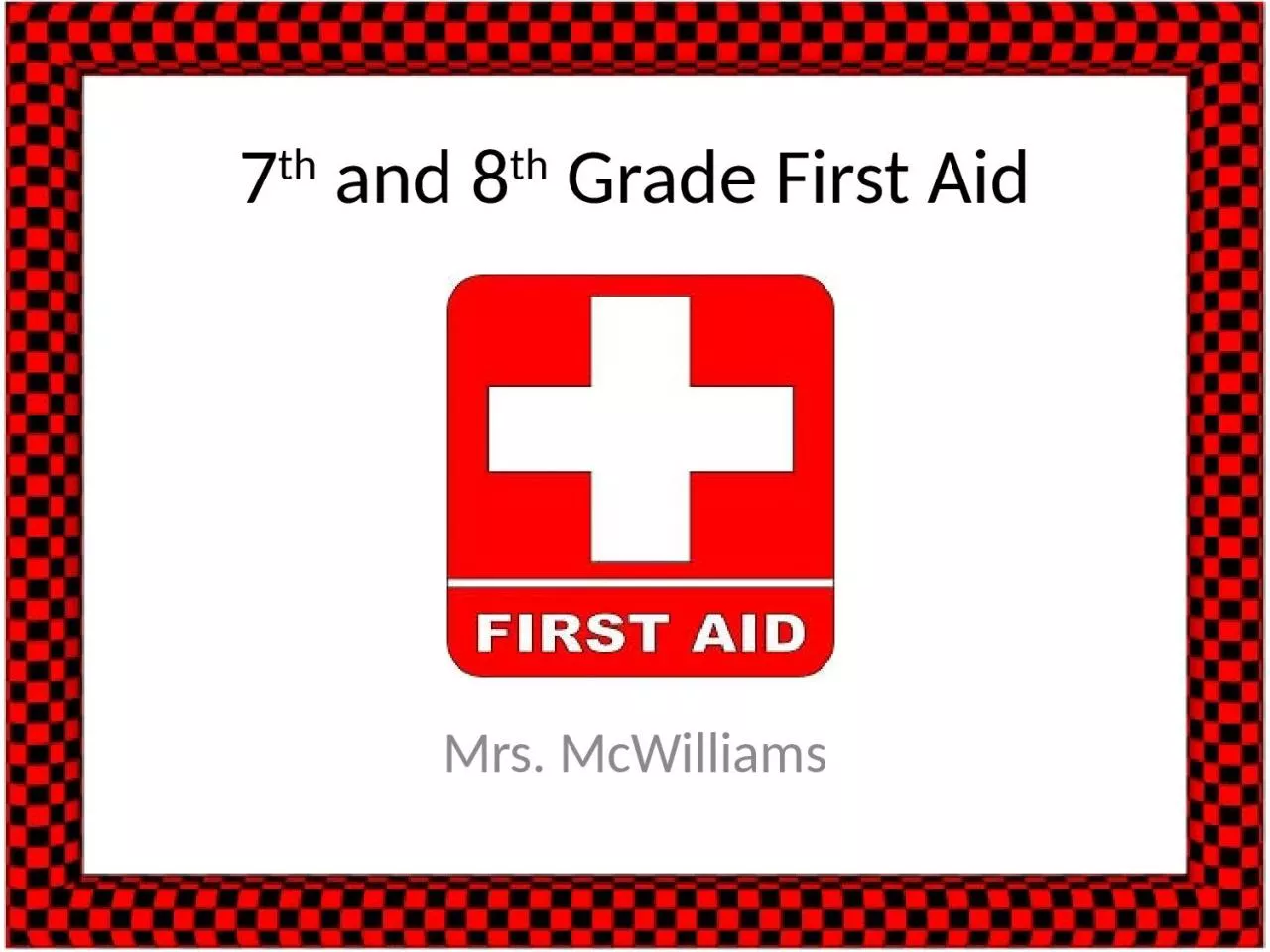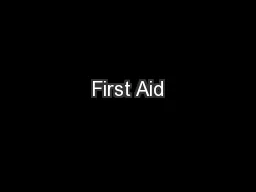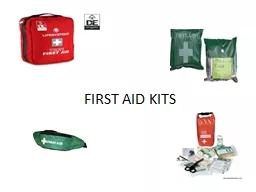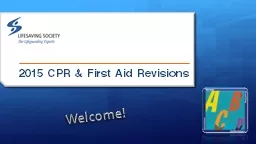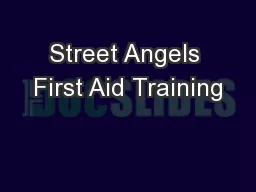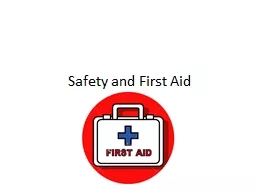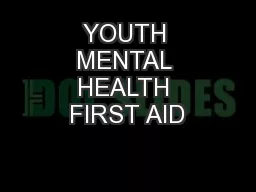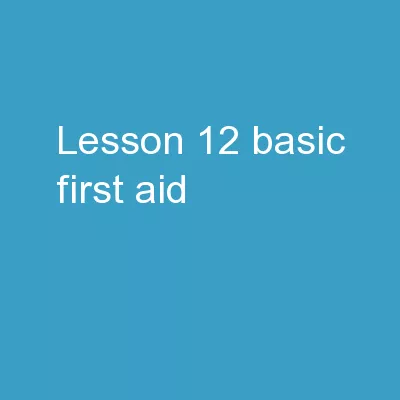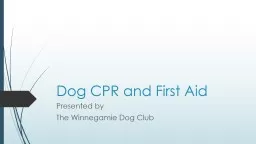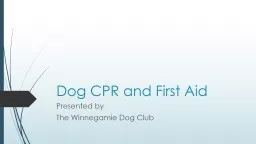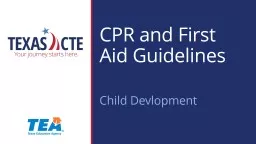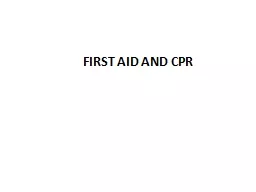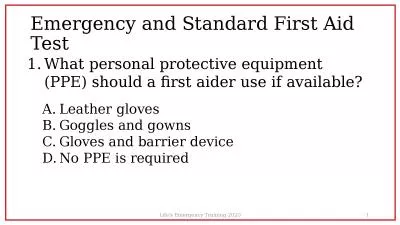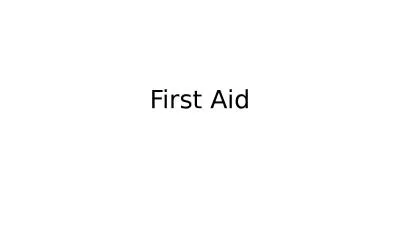PPT-7 th and 8 th Grade First Aid
Author : white | Published Date : 2024-02-03
Mrs McWilliams Your Responsibilities as a Responder Check the Scene make sure it is safe Call Emergency Responders the most important step Provide Care The 3 Cs
Presentation Embed Code
Download Presentation
Download Presentation The PPT/PDF document "7 th and 8 th Grade First Aid" is the property of its rightful owner. Permission is granted to download and print the materials on this website for personal, non-commercial use only, and to display it on your personal computer provided you do not modify the materials and that you retain all copyright notices contained in the materials. By downloading content from our website, you accept the terms of this agreement.
7 th and 8 th Grade First Aid: Transcript
Download Rules Of Document
"7 th and 8 th Grade First Aid"The content belongs to its owner. You may download and print it for personal use, without modification, and keep all copyright notices. By downloading, you agree to these terms.
Related Documents

